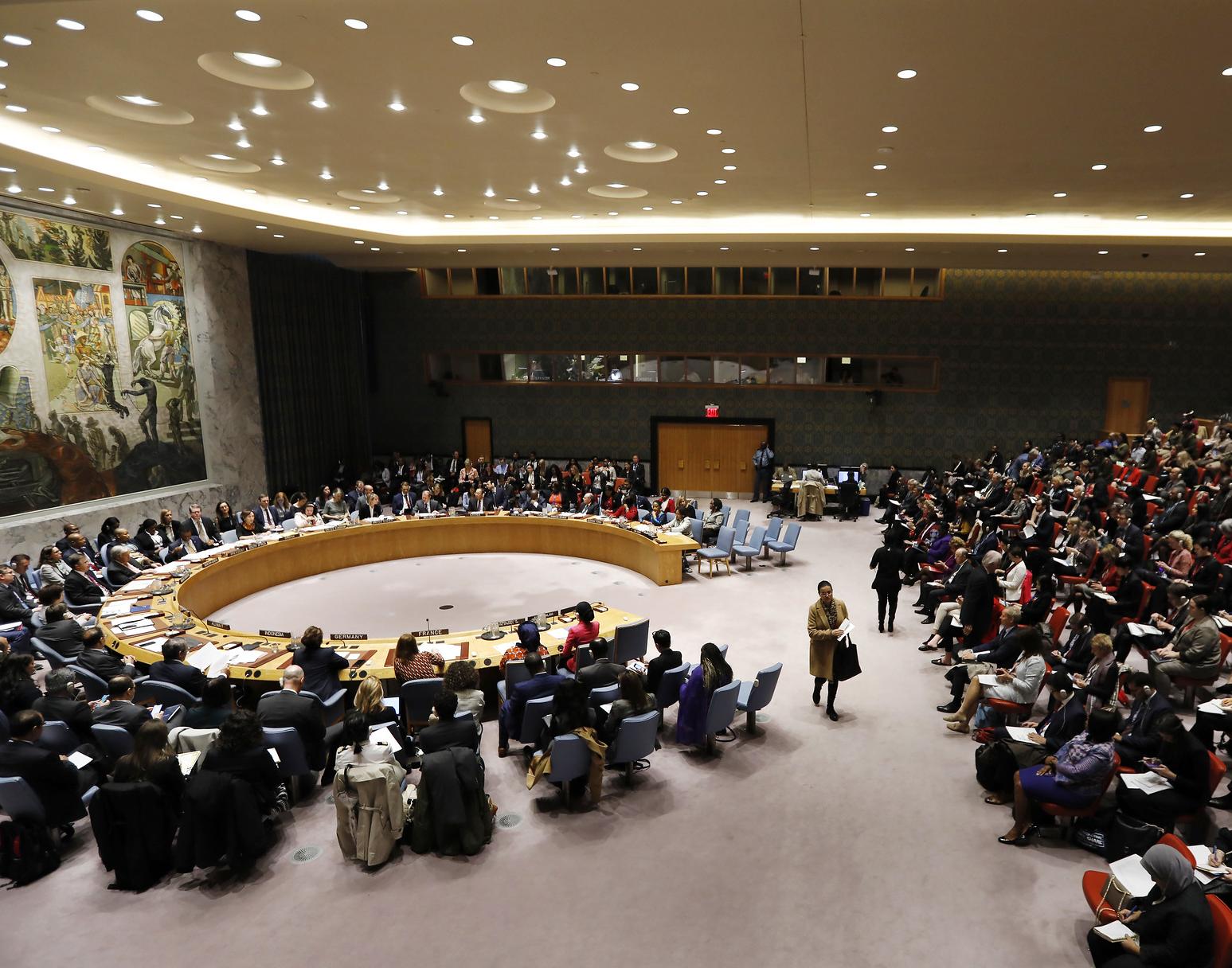As the Council began inviting more civil society representatives, 25 women briefed the Security Council from 2004 to 2015 – always at thematic meetings like the annual meetings on women, peace and security and conflict-related sexual violence. But since resolution 2242 opened the door to women from civil society in country-specific meetings in 2015, Security Council meetings now routinely include briefers from civil society, and most of them are women. More than 260 women from civil society organizations have been invited to address the Security Council. More than 90% of them have done so since 2016.
This sea change in participation of women from civil society, alongside greater gender parity within the UN itself, has helped bring the percentage of women speaking to the Council from 5% in the 1990s to 44% in 2021. As recently as five years ago, the record was 24%.
This has all had an impact on the Security Council’s decisions. In the first five years after resolution 1325 was adopted, only 15% of resolutions included references to gender issues. After women from civil society started participating in country-specific meetings and the Security Council’s Informal Expert Group on Women, Peace and Security began its work, the number of Security Council decisions including women, peace and security language grew from 51% in 2016 to 69% in 2021.
WPS language is the most common indicator used to measure the integration of the WPS agenda in Security Council decisions. It is a flawed indicator, as the language could be vague and performative, and therefore easy to ignore.
Still, it is clear that language on WPS has become more detailed, more specific and it covers more areas. Security Council decisions now routinely reference national action plans on 1325, advocate unequivocally for quotas, and have begun addressing reprisals against women peacebuilders and human rights defenders. All relevant sanctions committees now include sexual and gender-based violence criteria. In Yemen, the first listing in six years involved a Houthi leader accused of orchestrating a campaign of sexual violence and repression of politically active women. More recently, the Security Council removed the exemptions on sanctions against 13 Taliban leaders, in part because of their decision to continue banning secondary education for girls. The gender balance in the teams of experts monitoring sanctions has improved, from 19% in 2016 to 36% in 2020.
In some cases, after States repeatedly ignored broader calls for women’s participation made in previous Council decisions, the Security Council has opted to request more specific activities. For example, a conference of parties in the Mali peace process to address the exclusion of women in its implementation bodies, or an action plan within a specific deadline to address the underrepresentation of women in the peace negotiations in Cyprus. As a result, in Mali, women’s representation jumped from 3 to 38%; and in Cyprus, both parties committed to include at least 30% women in their delegations.
However, not all trends are positive. Since 2018, more than a third of the women briefers invited to address the Security Council assisted by the NGO Working Group on Women, Peace and Security have been subjected to reprisals and intimidation. And when UN Women surveyed the women civil society representatives who briefed the Council between January 2021 and May 2022, 9 out of 32 respondents reported experiencing reprisals.
Significantly, even though these women are often harassed or targeted for speaking up, and their recommendations are often ignored, they continue to seize opportunities to raise these issues at the Security Council. They offer a reality check that is different from the accounts presented by governments or even the UN. They cover issues that would otherwise get little airtime and testify to things that are often not visible, not measured, and therefore neglected in funding and attention.
It is easy to forget that only a few years ago support for gender issues in these forums was much more muted. In light of other political trends that can have a negative impact on women’s lives day to day, these strong political signals from the Security Council can be an important source of support for women peacebuilders around the world.


